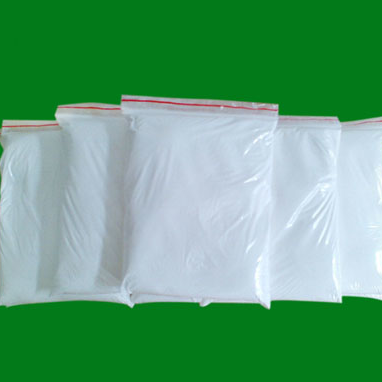Parasitic predators. The female worms of the polychaetes of the annelids can parasitize the inside of the shells. If they grow for a long time, the shells will loose or perforate, affect the normal growth and development of the abalone, and eventually lead to death. Some creatures such as pleated oysters, barnacles, ascidians, mussels, and tubers can be attached to the shells of the abalone or attached to cages. In severe cases, it can lead to the death of abalone. For this hazard, there are currently no effective prevention and control measures, and a certain amount of light bulb sea urchin can be mixed in the cage. Each layer of 150 oysters can be mixed with 5 to 20 sea urchins, harmful attached organisms can be reduced by more than 50%.
Predatory predators. There are many species of predatory and predatory creatures in Bao, such as: Dendrobium nobile, Mamian?, Lobster, Japanese worm hunting, starfish, octopus, carp, red snail and other carnivorous organisms. It is more harmful to small-sized seedlings.
Competitive predators. Some algae-enriched shellfish such as oyster snails, genus sea urchins, and other types of bait they eat, and their living spaces are very similar to those of abalone, resulting in mutual competition for bait resources and ecological space. These organisms have also become a limitation of the development of abalone populations. factor.
Disease prevention and treatment
Bubble disease. This disease is a serious threat to the artificial breeding of abalone, and it is easy to get the disease. The incidence season is from spring to late autumn, especially in summer high temperature season.
Symptoms: Many small bubbles can be found in the digestive tract of the diseased abalone, causing swelling of the digestive tract and viscera. The feet are incapable of contraction, and the absorptive capacity is reduced. The food intake is significantly reduced. The disease occurred in about 15 days to 60 days after the ablation of the young abalone. Once the disease occurs in the high-temperature season, there will be rapid transmission, wide spread, and large fatal consequences.
Treatment: Because of unknown etiology, there is no effective treatment method, but less feed or stop feeding artificial feed in the high-temperature period, increase the amount of water supply will help reduce the incidence of the disease.
Split shell disease. The disease mostly occurs in the indoor wintering period or indoor intermediate breeding period of Bao Miao. Symptoms: The diseased abdomen becomes thin, yellow, and loses its toughness. There is a large amount of mucus on the surface of the foot, the shell becomes thin, the outer edge of the shell is rolled slightly outwards, the shell hole is connected, the vitality is weakened, the food intake is decreased, and then it gradually dies.
Cause: The pathogen is a spherical virus. The route of transmission is horizontal transmission, and the greatest possibility is to enter the body through the mouth.
Treatment: At present, prevention-based measures must be taken to prevent the spread of infection and infection.
Application: used in AKD Emulsifier
Product Type: Cassava starch imported from China
Chemical composition: Tapioca starch
Appearance:White powder
Moisture ( % ): ≤ 14.0
Spots ( a / cm2): ≤ 2
Viscosity: 20 ~ 50 s (20%, 40 °C, 4 # Tu's cup)
pH value: 6.0 ~ 7.5
Toxicity: No harm to human health during operation and use
Storage: Store in a cool , dry, ventilated warehouse
Nature: white, gelatinization in low temperature , good fluidity , viscosity stability, aging resistance , the film is good , strong bond , fast drying . Products with low protein content , gelatinization liquid not perishable , no foam , no smell. Good adhesion properties of various fibers , high compatibility with other additives . For AKD emulsifier, the rational use of the product can effectively ensure emulsifying effect and reduce production cost.
Dosage: Production of one ton of 25% emulsifier simply add 192kg of the product
Packing: 25 kg / bag.
|
Product Introduction : |
||||||||||||||||||||||||||||||||
|
||||||||||||||||||||||||||||||||

Akd Special Starch,Oxidized Starch,Starch For Akd Emulsifer,Cassava Starch
Shandong Tiancheng Chemical Co., Ltd. , https://www.tianchengchemical.com